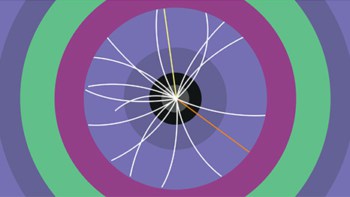Two of the world's leading atomic and optical physicists - Leonard Mandel of the University of Rochester and Ugo Fano of the University of Chicago - have died in the past two weeks. Mandel, a pioneer in the field of quantum optics, died on February 9 at the age of 73. Fano, who made numerous contributions to the theory of atomic and radiation physics, died on February 13. He was 88.
Leonard Mandel performed a string of ground-breaking experiments during his career to convincingly demonstrate that the various counter-intuitive predictions of quantum theory can be observed in the laboratory. Mandel’s group was the first to observe both photon ‘anti-bunching’ and the interference of single photons with themselves. Mandel also made many other contributions, both experimental and theoretical, to quantum optics.
After obtaining a PhD in nuclear physics from the University of London, Mandel lectured at Imperial College for nine years. In 1964 he moved to the University of Rochester in the US, where he spent the rest of his career. He published more than 300 papers, and with his colleague, Emil Wolf, jointly organized the influential Rochester conferences on coherence and quantum optics and co-wrote a 1166-page book Optical Coherence and Quantum Optics.
Ugo Fano dedicated his career to the study of atoms and molecules and their interactions with electrons and light. In particular, Fano is known for his contribution to the basic physics underpinning the gas laser, the ubiquitous tool of the physical and biological sciences. His work also paved the way for the use of radiation in medicine.
Fano began his career in 1934 working with Enrico Fermi at the University of Rome, and later worked with the Nobel prize-winning physicist Werner Heisenberg at the University of Leipzig. Fano later joined the University of Chicago in 1966 after spells at the Washington Biophysical Institute, the Carnegie Institution of Washington, the US Army Ballistic Research Laboratory and the National Bureau of Standards. He received a raft of awards and two honorary degrees for his exceptional contribution to the field of atomic physics.



